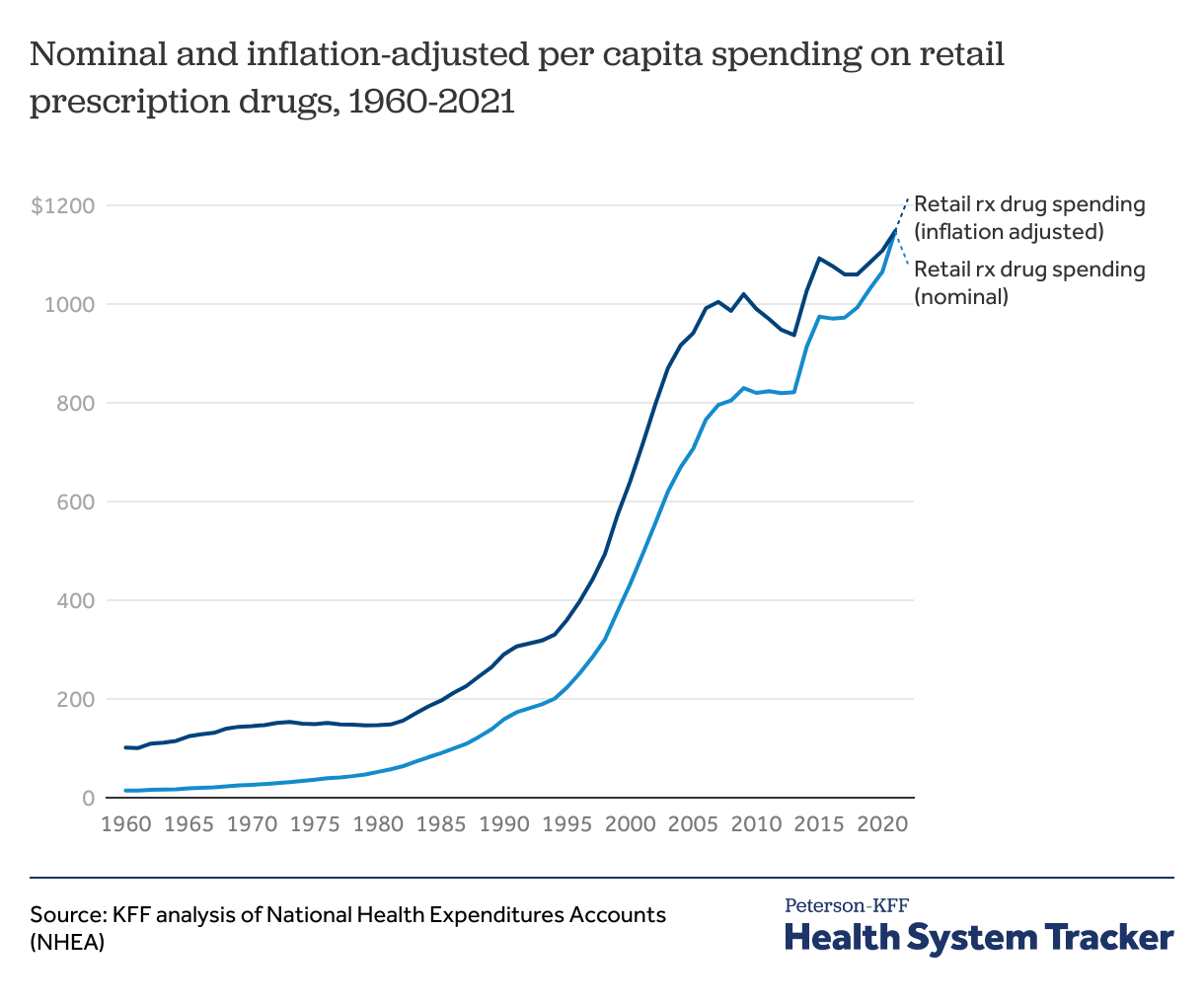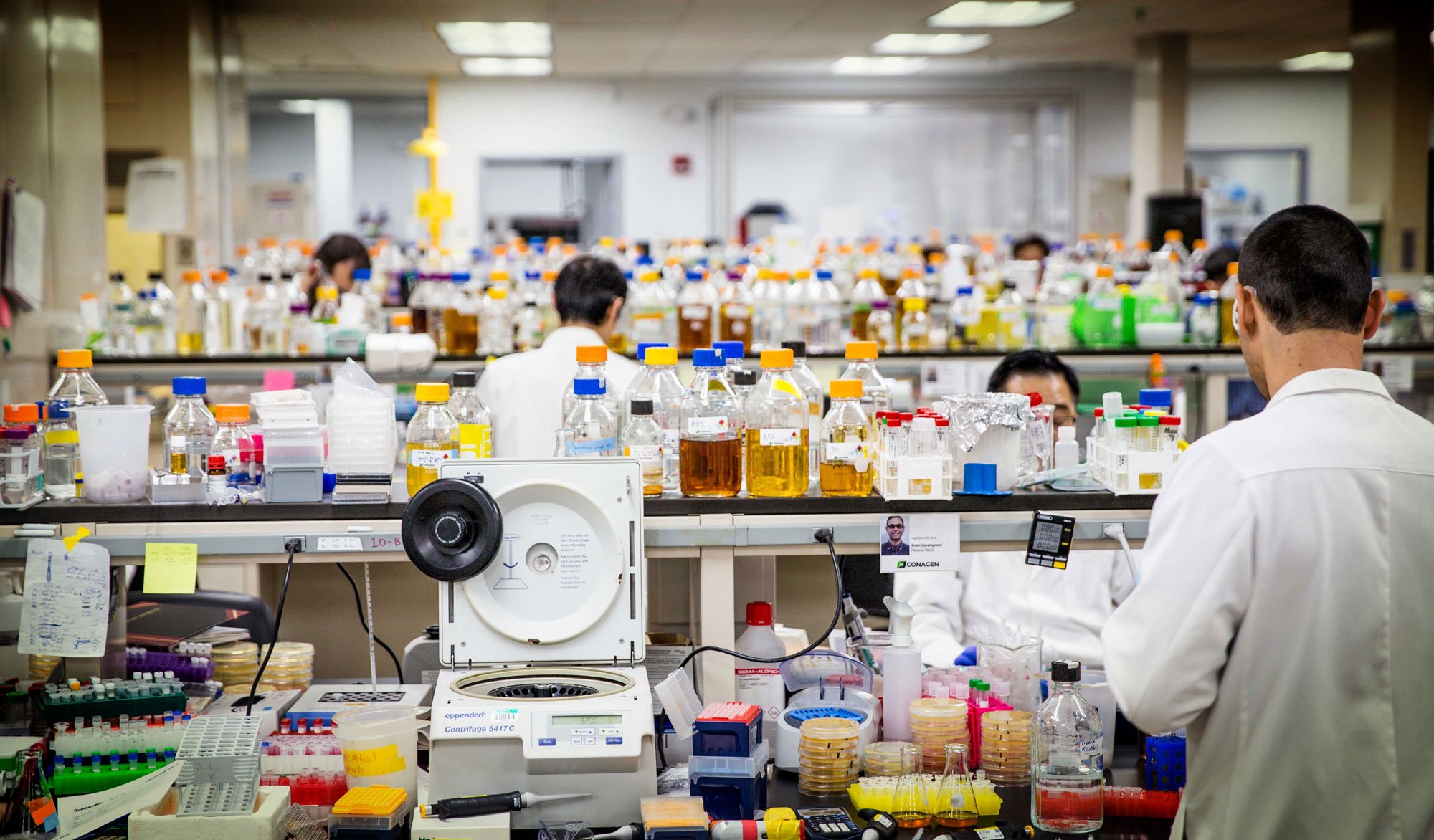The planet’s resources contribute to a great proportion of life-saving medications, with 70% of modern antibiotics and cancer treatments derived from natural organisms (Jones, 2024).
These derivatives can both improve overall human health and generate profits for pharmaceutical companies. In my opinion, this represents a clear and escalating tension between human well-being and profit maximization.
The Rise of Direct-to-Consumer Advertising
Since the 1980s and the associated era of consumer civil rights, pharmaceutical companies have been leveraging direct-to-consumer advertising, using the guise of customer education and transparency (Scott, 2023).
In 1983, the pharmacy chain Boots aired the first broadcast television commercial for a prescription drug in the United States. The commercial prompted consumers to ask their physicians about Rufen, emphasizing its efficacy and cost savings compared to competition (Scott, 2023).
This was a groundbreaking concept: a strategy of targeting consumers, instead of medical providers, as the number one profit stream for pharmaceutical companies.
However, this can create a perception of need for prescription drugs. Some even argue that this aggressive advertising tactic is a conflict of interest based on investment return as opposed to patient health (Gellad & Lyles, 2007).
Today, pharmaceutical companies have gone above and beyond in their communication tactics by integrating with interactive platforms, such as Drugs.com, that allow consumers to easily find side effects, interactions, and alternative options using online intelligence (Lyman, 2024).

So, is direct-to-consumer advertising in the pharmaceutical industry a form of modernized customer solution essential to their product offering, or does it create more harm than good?
A Detrimental Solution: Biopiracy
Partially due to the aforementioned increase in advertising, retail sales for prescription drugs have increased 7x since the 1980s (Peterson Foundation, 2024). To meet this rampant growth in a world of limited resources, malicious use of technology has been adopted.

Biopiracy is when companies from the Western world use organisms from poorer countries or Indigenous communities and do not share the economic and social benefits. This practice has been widely regulated, with the UN cracking down on companies through the Convention on Biological Diversity (Jones, 2024).
In a continuously changing, digitally integrated world, however, there is a technology-backed loophole to avoid benefit-sharing. It is now possible, and widely practiced, to digitally sequence DNA from organisms and upload the digital sequence information (DSI) to open-access databases (Jones, 2024).
The Paradox of Lab-Made Natural Pharmaceuticals
A firm that has innovated to keep up with demand is Conagen Inc., which uses microbial fermentation processes to produce natural ingredients for various industries. Their sustainable methods bypass issues related to procurement, shipping, and quality, while utilizing vertical integration to keep up with demand (Conagen, Inc., 2025).

In their pharmaceuticals arm, they have developed a range of anticoagulants, antiemetics, and chemotherapeutics (Conagen, Inc., 2025).
It is compelling to see how technology can be used for good to solve problems such as natural resource strain and scaling with demand growth. On the other hand, this raises a concern that direct-to-consumer advertising and technology development for mass amounts of pharmaceuticals are a self-perpetuating loop.
Seeing Compliance as an Opportunity
It is also unclear how Conagen Inc. engages in benefit-sharing. Certainly these types of solutions benefit the wealthy Western world, but what about underrepresented developing economies without this proprietary technology? Or communities with traditional medicinal processes that continue to be appropriated?
In the future, it is likely that international institutions, such as the UN, will begin to enforce benefit-sharing principles that are applicable to biopiracy. In the meantime, companies should ensure to comply with “the most stringent rules. . . before they are enforced” (Nidumolu, 2009).
In my view, two-way communication, collaboration, and knowledge-sharing between big pharmaceutical companies, technology firms like Conagen Inc., and individual communities across the globe presents a key opportunity for all players.
Using compliance as a force for innovation and creative solutions can ease the tension between profit maximization and human well-being, instead improving global access to health solutions (Nidumolu, 2009).
This leaves me with a key question: it is likely that industry roundtables, as championed by WWF’s Jason Clay, will be necessary to achieve systemic change, but what role does the consumer, or the patient, play in this transformation?
Conagen, Inc. (2025, February 18). https://conagen.com/
Drugs.com. (2025). Prescription drug information. Drugs.com. https://www.drugs.com/

Be First to Comment